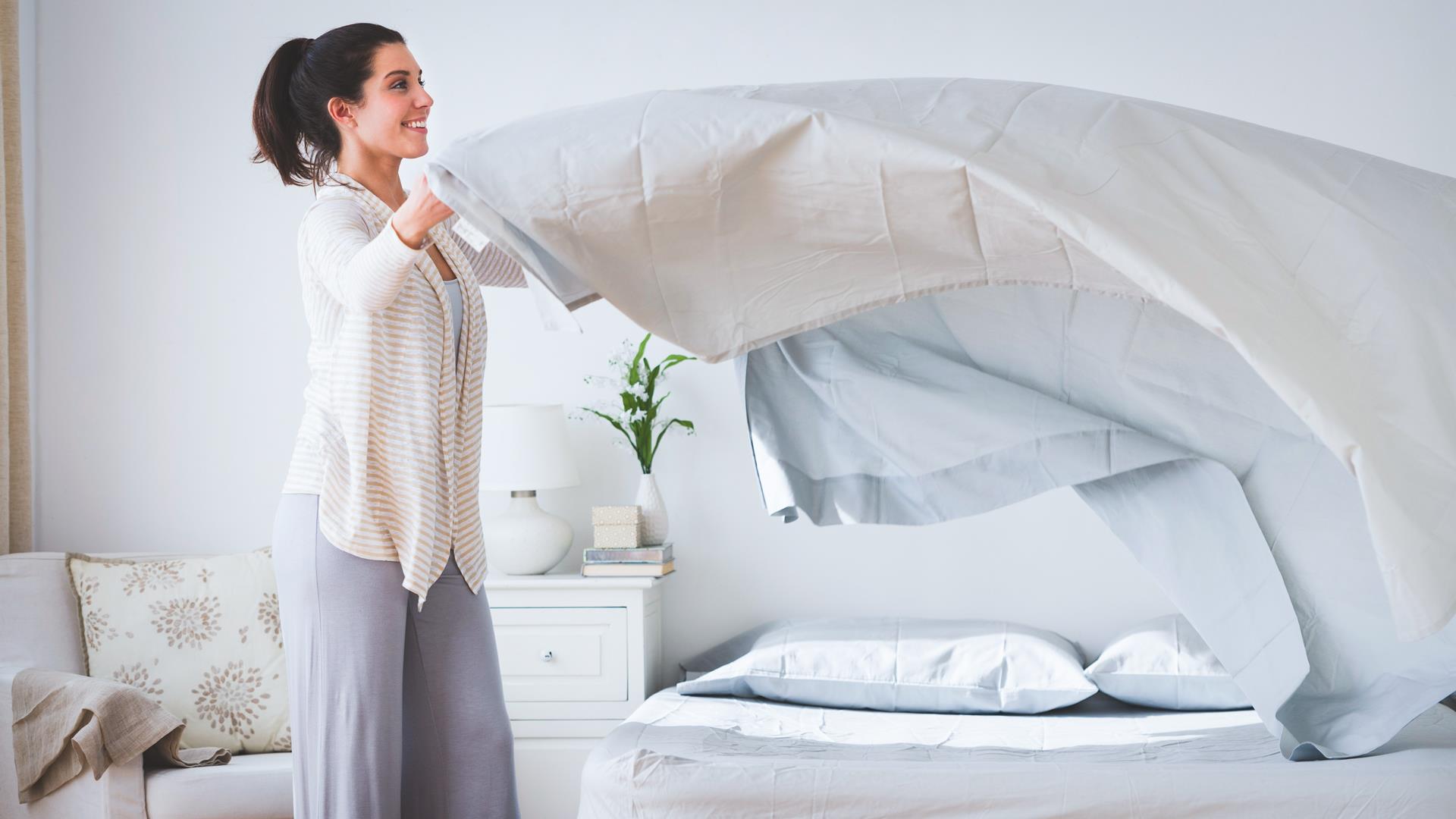

Articles
How Often To Replace Duvet
Modified: February 29, 2024
Learn how often to replace your duvet with our helpful articles. Discover the signs that indicate it's time for a new duvet and ensure a cozy and comfortable sleep.
(Many of the links in this article redirect to a specific reviewed product. Your purchase of these products through affiliate links helps to generate commission for Storables.com, at no extra cost. Learn more)
Introduction
When it comes to bedding, the duvet holds a special place in our sleep routine. It provides warmth, comfort, and a cozy feeling that helps us drift off into a peaceful slumber. However, just like any other item we use on a daily basis, duvets have a lifespan and need to be replaced at some point.
But how often should you actually replace your duvet? The answer to this question isn’t a one-size-fits-all solution. There are several factors to consider, including the quality of the duvet, usage, cleaning frequency, signs of wear and tear, and allergen accumulation.
In this article, we will explore these factors and provide you with a guideline on how often you should replace your duvet. By the end, you will have a better understanding of when it’s time to say goodbye to your old duvet and welcome a new one.
Key Takeaways:
- Regularly assess your duvet’s condition, considering factors like quality, usage, and allergen accumulation. Replace every 5-10 years, prioritizing comfort and sleep quality.
- Choose a duvet based on fill material, construction, and personal comfort. Look for hypoallergenic options and consider warranty and return policies for peace of mind.
Read more: How Often To Clean Duvet Cover
Factors to Consider
When determining how often to replace your duvet, several factors come into play. Let’s take a closer look at each one:
- Duvet Quality: The quality of the duvet plays a crucial role in its lifespan. Higher quality duvets are often made with durable materials and constructed to withstand regular use and washing. On the other hand, lower quality duvets may show signs of wear and tear more quickly and may not provide the same level of comfort and insulation. Consider investing in a higher quality duvet to ensure it lasts longer.
- Usage and Cleaning Frequency: How frequently you use and clean your duvet also affects its lifespan. If you use your duvet every night, it will naturally experience more wear and tear compared to occasional use. Similarly, regular washing can impact the duvet’s fibers and overall integrity. Follow the manufacturer’s guidelines for cleaning and consider using duvet covers to protect the duvet and reduce the need for frequent washing.
- Signs of Wear and Tear: Pay attention to any visible signs of wear and tear on your duvet. Examine the fabric for stains, fraying, or fading. Check for loose threads or clumping of insulation material. If your duvet is showing significant signs of damage or deterioration, it may be time for a replacement.
- Allergen Accumulation: Duvets can accumulate allergens such as dust mites, pollen, and pet dander over time. If you suffer from allergies or have respiratory sensitivities, it is recommended to replace your duvet more frequently to maintain a clean and healthy sleep environment. Consider opting for hypoallergenic duvets that are specifically designed to minimize allergen accumulation.
Considering these factors will help you determine when it’s time to replace your duvet. However, keep in mind that individual preferences and circumstances may vary. It’s important to assess the condition of your duvet and make a decision based on your specific needs.
Duvet Quality
When it comes to duvet quality, not all duvets are created equal. Higher-quality duvets are typically made with better materials, ensuring durability and longevity. They are carefully crafted to provide optimal comfort and insulation, making them worth the investment.
One key factor to consider when assessing duvet quality is the fill material. Common fill materials include down, feathers, synthetic fibers, or a combination of these. Each type of fill material has its own pros and cons in terms of insulation, breathability, and hypoallergenic properties.
Down duvets, filled with the soft and fluffy undercoating of geese or ducks, are known for their exceptional warmth and breathability. They provide excellent insulation without feeling heavy or restrictive. However, down duvets require proper maintenance and fluffing to maintain their loft and prevent clumping.
Feather duvets are similar to down duvets but are generally heavier and may not offer the same level of warmth. They can be a more affordable alternative for those who prefer the feel of natural feathers.
On the other hand, synthetic duvets are filled with man-made fibers like polyester or microfiber. They are hypoallergenic and often easier to care for, as they can be machine-washed and dried. Synthetic duvets can be a good choice for individuals with allergies or those who prefer a cruelty-free option.
In addition to the fill material, the construction and stitching of the duvet also contribute to its quality. Higher-quality duvets are often stitched in a way that prevents the fill from shifting or clumping, ensuring an evenly distributed and comfortable sleep experience.
Keep in mind that while higher-quality duvets may be initially more expensive, they often last longer and provide better overall performance. Investing in a high-quality duvet can enhance your sleep quality and comfort for years to come.
Usage and Cleaning Frequency
The frequency with which you use your duvet and clean it can significantly impact its lifespan. Understanding how usage and cleaning habits affect your duvet can help you determine when it’s time for a replacement.
Firstly, let’s consider usage. If you use your duvet every night, it will naturally experience more wear and tear compared to occasional use. Prolonged usage can cause the fill material to compress, reducing its insulation and comfort properties over time. Additionally, regular movement and friction can lead to fabric weakening and eventual tearing.
Cleaning your duvet also affects its longevity. While keeping your duvet clean is important for maintaining hygiene and removing allergens, excessive washing can be detrimental. The repeated agitation and exposure to water and detergents can weaken the fabric and cause it to lose its loft and structure.
It is generally recommended to follow the manufacturer’s guidelines for cleaning your duvet. Most duvets can be machine-washed on a gentle cycle using a mild detergent. However, be sure to check the care label to ensure compatibility with your washing machine and to avoid any specific cleaning instructions.
Using a duvet cover can help protect the duvet from direct contact with dirt, body oils, and spills, reducing the need for frequent washing. Duvet covers are easy to remove and can be machine-washed more frequently than the duvet itself.
In terms of frequency, experts suggest cleaning your duvet every 6 to 12 months. However, this can vary depending on personal preference and individual circumstances. If you sweat heavily during sleep, share your bed with pets, or suffer from allergies, you may need to clean your duvet more frequently.
By balancing regular usage and appropriate cleaning, you can extend the lifespan of your duvet. Proper care and maintenance will help preserve its comfort, insulation, and overall performance, ensuring a cozy and restful sleep experience for years to come.
Signs of Wear and Tear
Over time, even with proper care and maintenance, duvets can start to show signs of wear and tear. Recognizing these signs is crucial in determining when it’s time to replace your duvet. Here are some common indicators:
1. Stains and Discoloration: If your duvet has stubborn stains that cannot be removed even after thorough cleaning, it may be a sign that the fabric has become worn or damaged. Discoloration may also occur over time due to exposure to sunlight or regular use.
2. Fraying and Tears: Examine the edges and seams of your duvet for any fraying or tearing. Loose threads or visible damage can compromise the integrity of the duvet and lead to further deterioration.
3. Clumping or Uneven Distribution: Over time, the fill material inside the duvet may start to clump or shift, resulting in uneven distribution. This can cause discomfort during sleep and decrease the duvet’s ability to provide effective insulation.
4. Loss of Loft and Fluffiness: A duvet’s loft refers to its ability to retain its thickness and volume. If your duvet has lost its loft and appears flat or compressed, it may no longer provide the same level of insulation and comfort.
5. Pungent Odors: Excessive accumulation of sweat, body oils, or spills can lead to unpleasant odors. If you find that your duvet retains persistent, unpleasant smells even after cleaning, it may be time for a replacement.
6. Allergies or Respiratory Issues: If you experience worsening allergies or respiratory issues, it could be a result of allergen buildup in your duvet. Dust mites, pollen, and pet dander can accumulate over time and contribute to these health concerns. If regular cleaning and maintenance don’t alleviate your symptoms, it may be necessary to replace your duvet.
When you start noticing one or more of these signs, it’s likely an indication that your duvet has reached the end of its lifespan. While it’s possible to extend the life of your duvet through repairs or professional cleaning, these solutions may only provide temporary fixes. If the wear and tear are significant, investing in a new duvet is the best option to ensure your continued comfort and sleep quality.
It is recommended to replace your duvet every 5-10 years, depending on the quality and how well it has been maintained. Regular washing and fluffing can extend its lifespan.Read more: How Often To Replace Toaster
Allergen Accumulation
Allergen accumulation is a significant factor to consider when determining when to replace your duvet, especially if you suffer from allergies or have sensitivities to allergens. Over time, duvets can accumulate a variety of allergens, including dust mites, pollen, pet dander, and mold spores, which can impact the indoor air quality and your overall well-being.
Dust mites, in particular, are microscopic organisms that thrive in warm and humid environments. They feed on dead skin cells and can be found in bedding, including duvets. Their waste products and body parts can trigger allergic reactions in sensitive individuals, leading to symptoms like sneezing, itching, and respiratory issues.
Pollen, another common allergen, can find its way onto your duvet, especially if your windows are frequently open or if you spend time outdoors during peak pollen seasons. This can exacerbate allergy symptoms, especially for individuals with hay fever or pollen allergies.
Similarly, pet dander can find its way into your duvet if you have pets that sleep on your bed or if your clothing carries pet allergens. Even if you’re not directly allergic to pet dander, it can still act as a carrier for other allergens, worsening your symptoms.
Mold spores are a concern in humid environments or if your duvet has been exposed to moisture. Mold can grow on damp bedding and release spores that can trigger allergic reactions, respiratory issues, and even cause infections in susceptible individuals.
To minimize allergen accumulation in your duvet, consider the following tips:
- Regular Cleaning: Follow the manufacturer’s guidelines for cleaning your duvet. Regular washing can help remove allergens from the fabric and keep them at bay. Use hot water and an appropriate detergent to effectively eliminate allergens.
- Hypoallergenic Duvet Covers: Consider using a hypoallergenic duvet cover to provide an additional barrier against allergens. These covers are specifically designed to block dust mites, pollen, and pet dander, helping to reduce allergy symptoms.
- Frequent Vacuuming: Vacuum your bedroom regularly, paying special attention to your mattress, pillows, and duvet. Use a vacuum cleaner with a HEPA filter to effectively capture and remove allergens.
- Proper Storage: When not in use, store your duvet in a cool, dry place to prevent mold growth. Avoid storing it in plastic bags, as this can promote moisture buildup.
- Replace when Necessary: If despite your efforts to minimize allergen accumulation, you continue to experience allergic reactions or respiratory issues, it may be time to replace your duvet. Opt for hypoallergenic options or those specifically designed for allergy sufferers.
By being mindful of allergen accumulation and taking proactive measures to minimize it, you can create a healthier sleep environment and improve your overall well-being.
Ideal Replacement Timeline
The ideal replacement timeline for a duvet can vary depending on factors such as duvet quality, usage, and cleaning frequency. However, as a general guideline, it is recommended to consider replacing your duvet every 5 to 10 years.
Higher-quality duvets, made with durable materials and construction, tend to last longer and may lean towards the 10-year mark. On the other hand, lower-quality duvets may show signs of wear and tear earlier, necessitating replacement closer to the 5-year mark.
Usage and cleaning frequency play a significant role in determining the lifespan of your duvet. If you use your duvet every night, it will naturally experience more wear and tear compared to occasional use. Additionally, regular washing can impact the duvet’s fibers and overall longevity.
To maintain hygiene and remove allergens, it is generally recommended to clean your duvet every 6 to 12 months. However, if you have allergies or sensitivities, you may need to clean it more frequently. Keep in mind that excessive washing can weaken the fabric and cause it to lose its loft and structure.
Aside from considering the timeframe, it’s important to pay attention to signs of wear and tear. If your duvet is showing significant signs of damage, such as stains, fraying, clumping, or loss of loft, it may be time for a replacement regardless of the time elapsed since purchase.
In addition to the timeline, it’s essential to prioritize your comfort and sleep quality. If you find yourself no longer feeling cozy or getting the desired level of warmth from your duvet, it may be an indication that it’s time to invest in a new one.
Ultimately, the decision to replace your duvet should be based on a combination of factors, including duvet quality, usage, cleaning frequency, signs of wear and tear, and personal comfort. Regularly assessing the condition of your duvet and considering these factors will help ensure that you have a comfortable and hygienic sleep environment.
Choosing the Right Duvet
When it’s time to replace your duvet, selecting the right one is crucial for optimal comfort and satisfaction. Here are some factors to consider when choosing a new duvet:
- Fill Material: Consider the fill material that best suits your needs. Down duvets provide exceptional warmth and breathability, while feather duvets can be a more affordable option. Synthetic duvets are hypoallergenic and easier to care for.
- Fill Power: If you opt for a down duvet, pay attention to the fill power. Fill power refers to the volume that one ounce of down can occupy. Higher fill power indicates better insulation and loft. Look for a fill power of 600 or higher for a quality down duvet.
- Tog Rating: The tog rating measures the duvet’s ability to provide warmth. Higher tog ratings are suitable for colder climates or those who prefer a warm and cozy sleep environment. Lower tog ratings are ideal for warmer seasons or individuals who tend to sleep hot. Choose a tog rating that suits your personal preferences and climate.
- Duvet Size: Ensure that you choose the right duvet size for your bed. Duvets typically come in standardized sizes such as twin, full/queen, and king. Consider the dimensions of your mattress and bed frame to determine the appropriate duvet size.
- Construction and Stitching: Look for duvets with sturdy construction and tight stitching. This ensures the longevity and durability of the duvet, preventing fill material from shifting or clumping.
- Hypoallergenic Options: If you have allergies or sensitivities, choose a duvet that is labeled as hypoallergenic. These duvets are made with materials and fabrics that help minimize allergen accumulation, creating a healthier sleep environment.
- Warranty and Return Policy: Check the manufacturer’s warranty and return policy. A good warranty can provide peace of mind and safeguard your investment. Additionally, a flexible return policy allows you to exchange or return the duvet in case it doesn’t meet your expectations.
- Personal Comfort: Ultimately, choose a duvet that feels comfortable to you. Consider factors such as weight, softness, and overall feel. Some people prefer a lightweight and breathable duvet, while others enjoy a heavier and cozier one.
Take your time to research and compare different duvet options. Read reviews from other customers to get a better understanding of each duvet’s performance and quality. By considering these factors and prioritizing your needs, you can select the right duvet that enhances your sleep experience and provides years of comfort.
Conclusion
Knowing when to replace your duvet is essential for maintaining a comfortable and hygienic sleep environment. While the specific timeline may vary based on factors such as duvet quality, usage, and cleaning frequency, it is generally recommended to consider replacing your duvet every 5 to 10 years.
Factors such as duvet quality, usage, cleaning frequency, signs of wear and tear, and allergen accumulation all play a role in determining when it’s time for a replacement. Higher-quality duvets made with durable materials tend to last longer, while regular use and frequent cleaning can contribute to wear and tear.
Signs of wear and tear, including stains, fraying, clumping, and loss of loft, indicate that your duvet may need to be replaced. Allergen accumulation, such as dust mites, pollen, pet dander, and mold spores, can also impact your sleep health, especially if you suffer from allergies or respiratory issues.
When choosing a new duvet, consider factors such as fill material, fill power, tog rating, duvet size, construction, and stitching. Hypoallergenic options are available for those with sensitivities, and reviewing warranty and return policies can provide peace of mind.
In the end, it’s important to prioritize your comfort and sleep quality. Assess the condition of your duvet regularly, and trust your instincts when it no longer meets your needs.
By understanding the factors to consider and taking proactive steps, you can ensure that your duvet continues to provide the warmth, comfort, and relaxation that contribute to a restful night’s sleep. Sweet dreams!
Frequently Asked Questions about How Often To Replace Duvet
Was this page helpful?
At Storables.com, we guarantee accurate and reliable information. Our content, validated by Expert Board Contributors, is crafted following stringent Editorial Policies. We're committed to providing you with well-researched, expert-backed insights for all your informational needs.
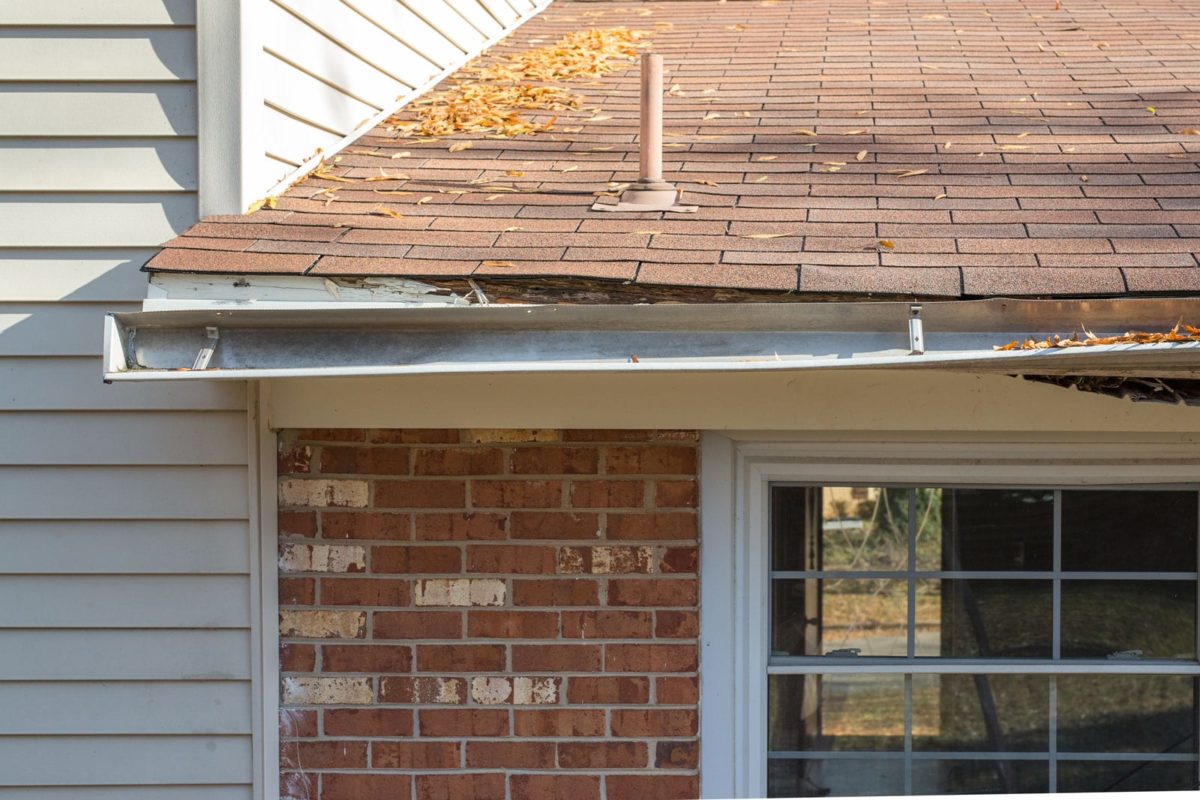
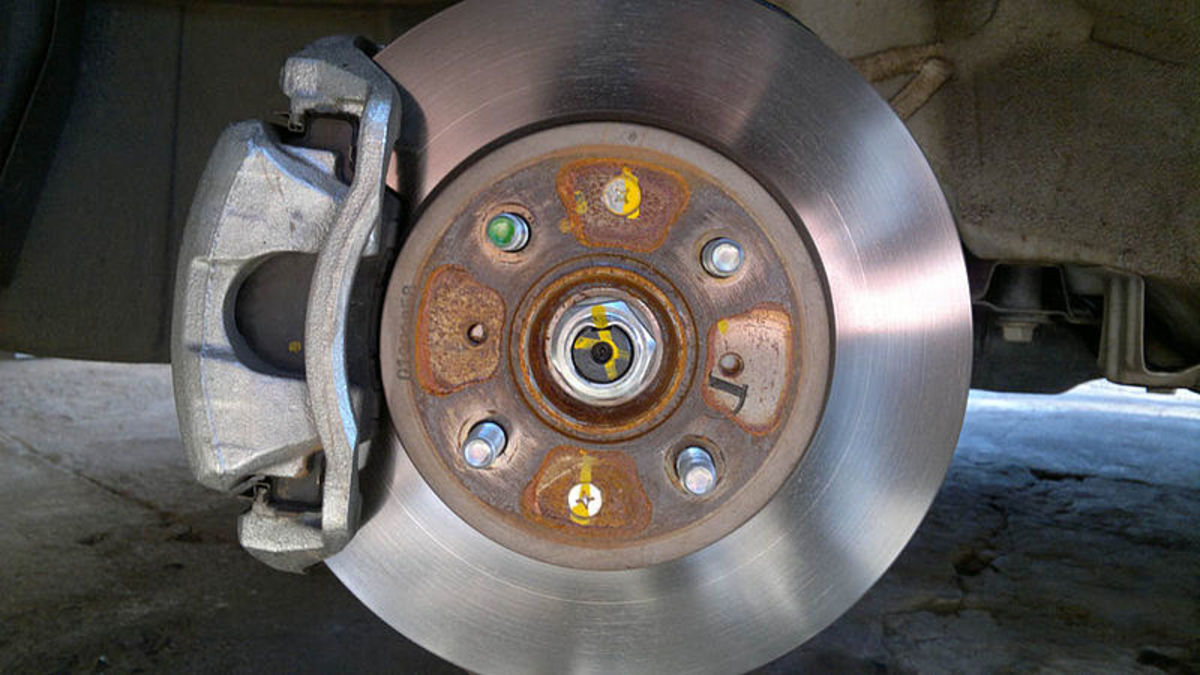
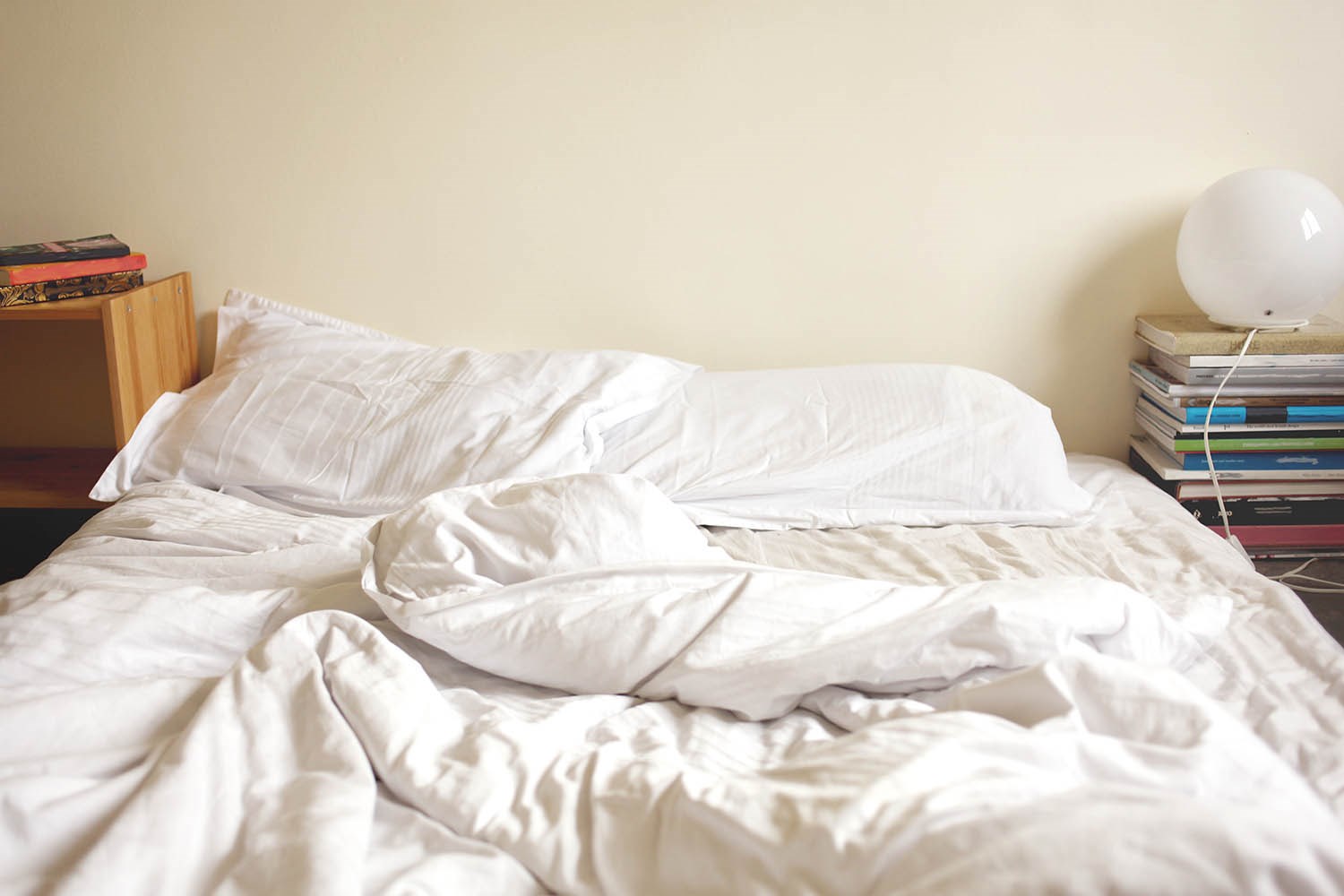

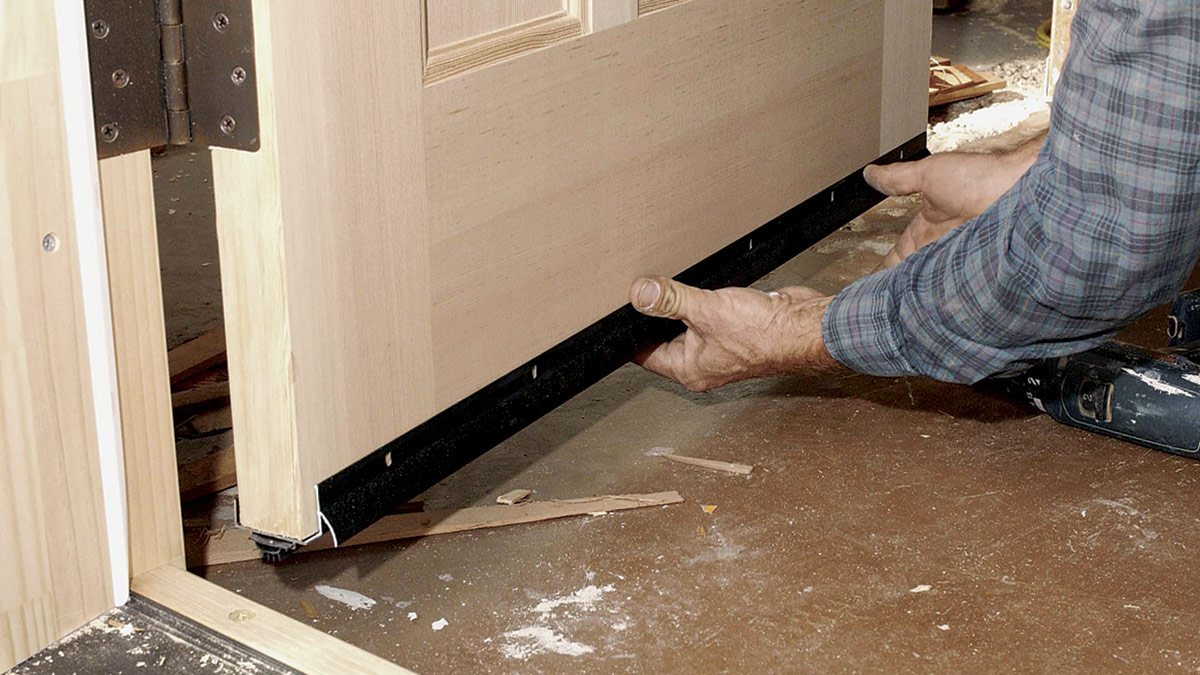
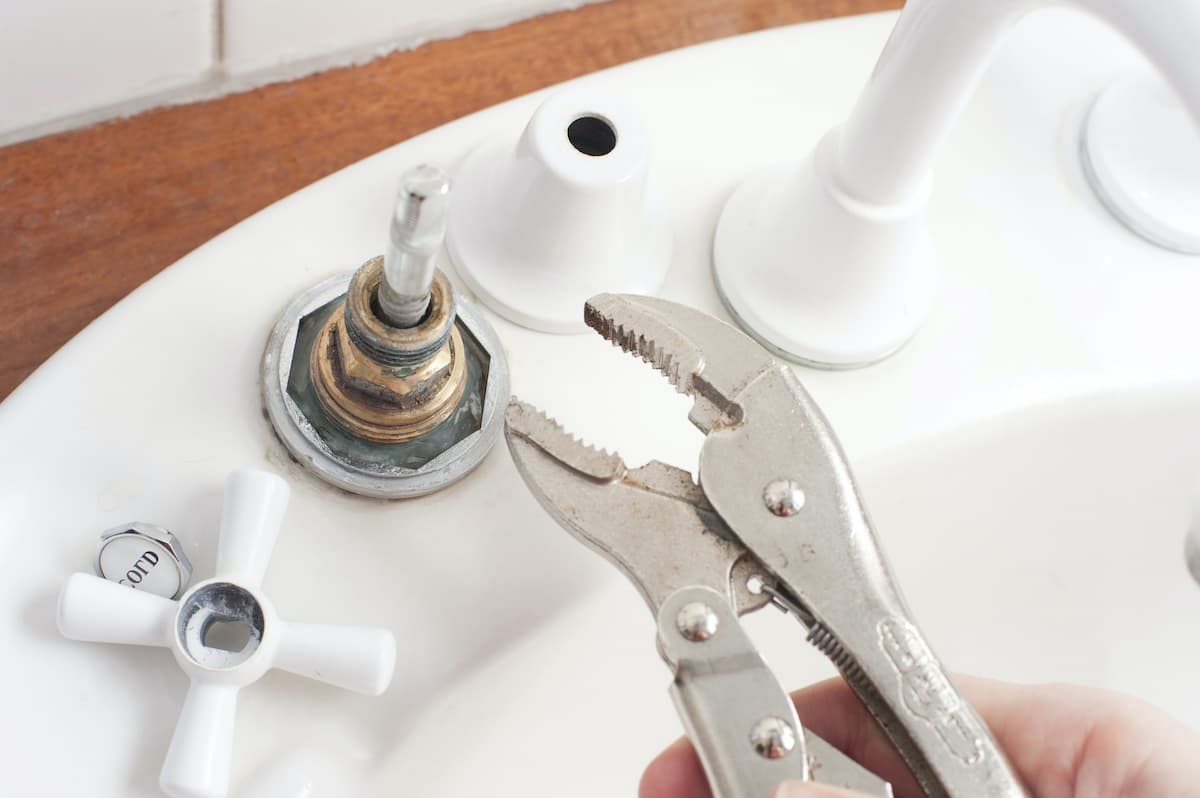
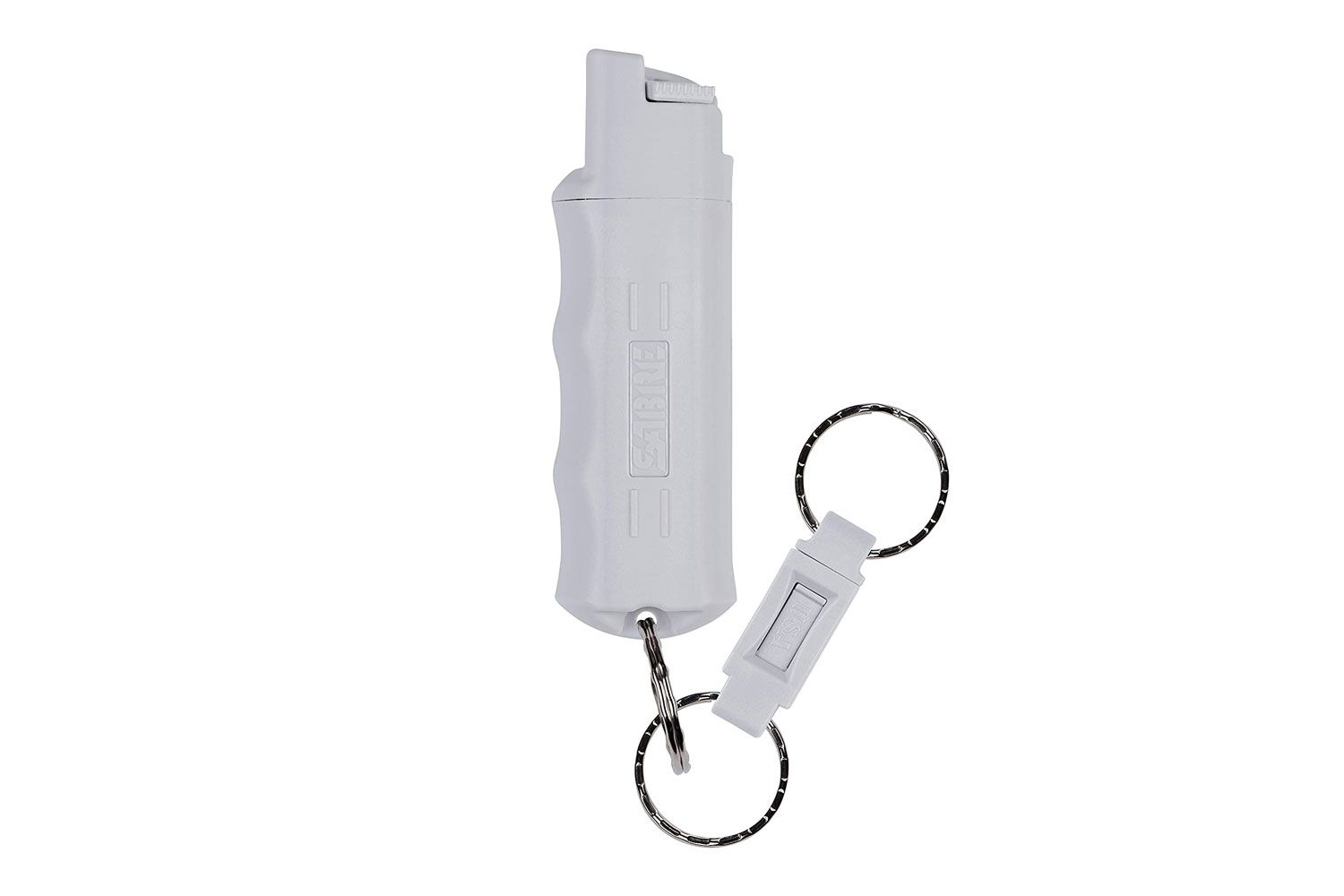
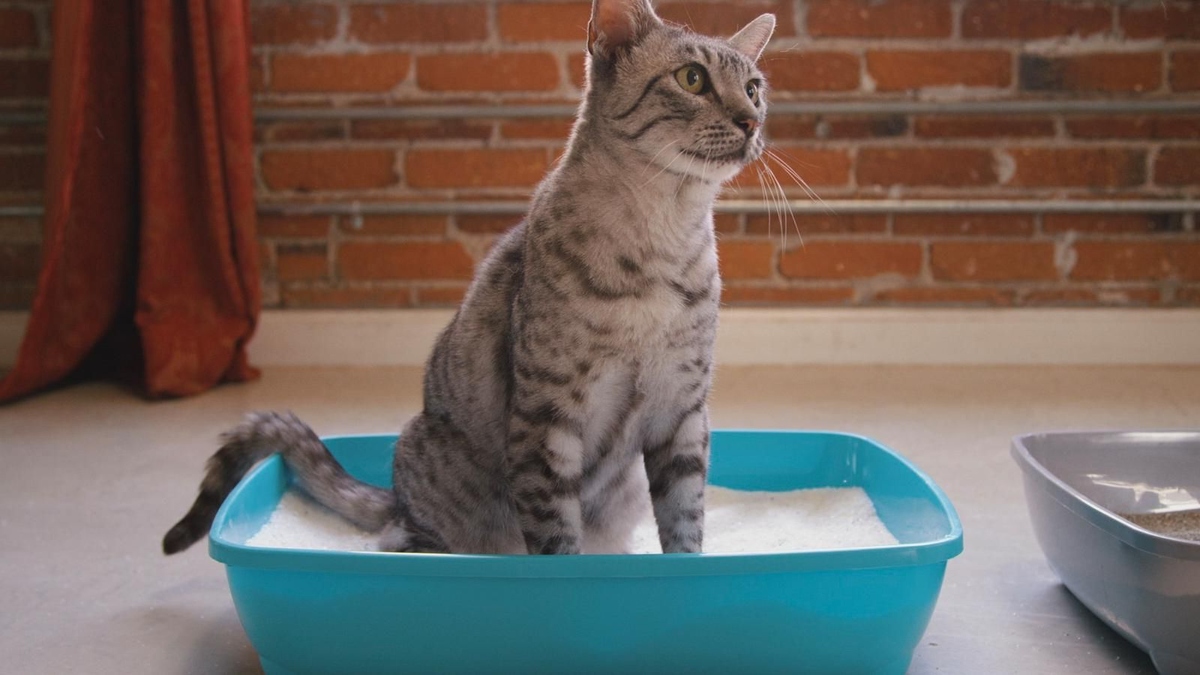
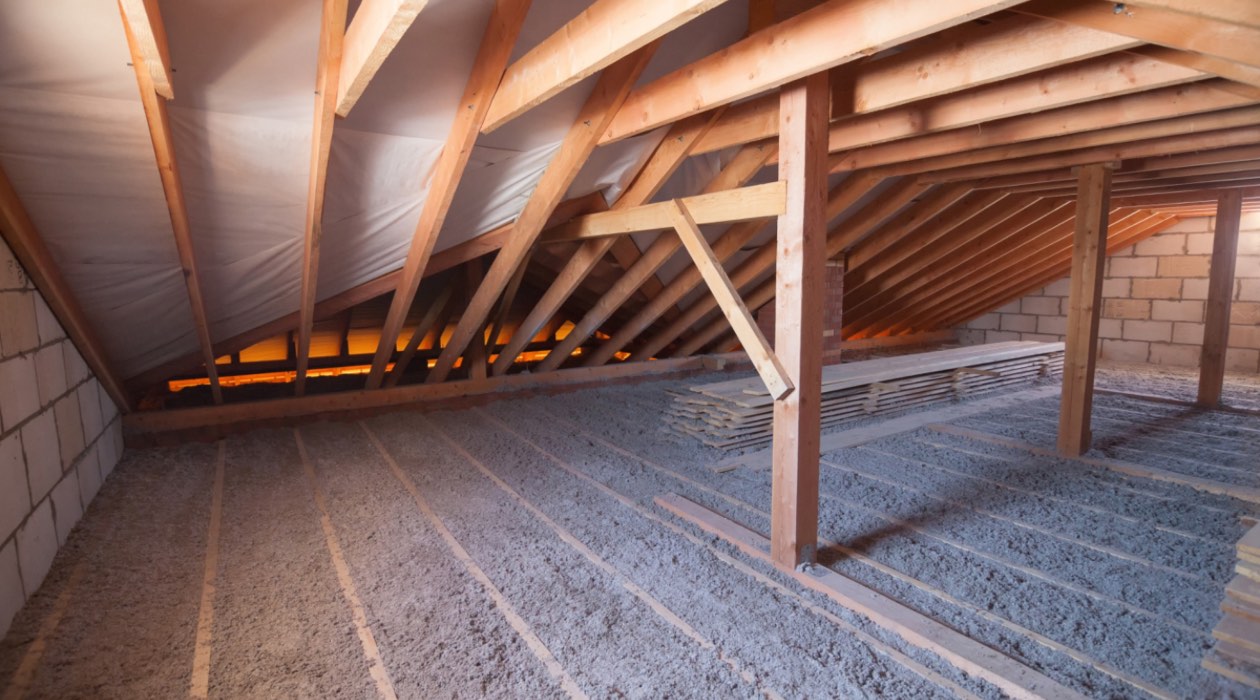
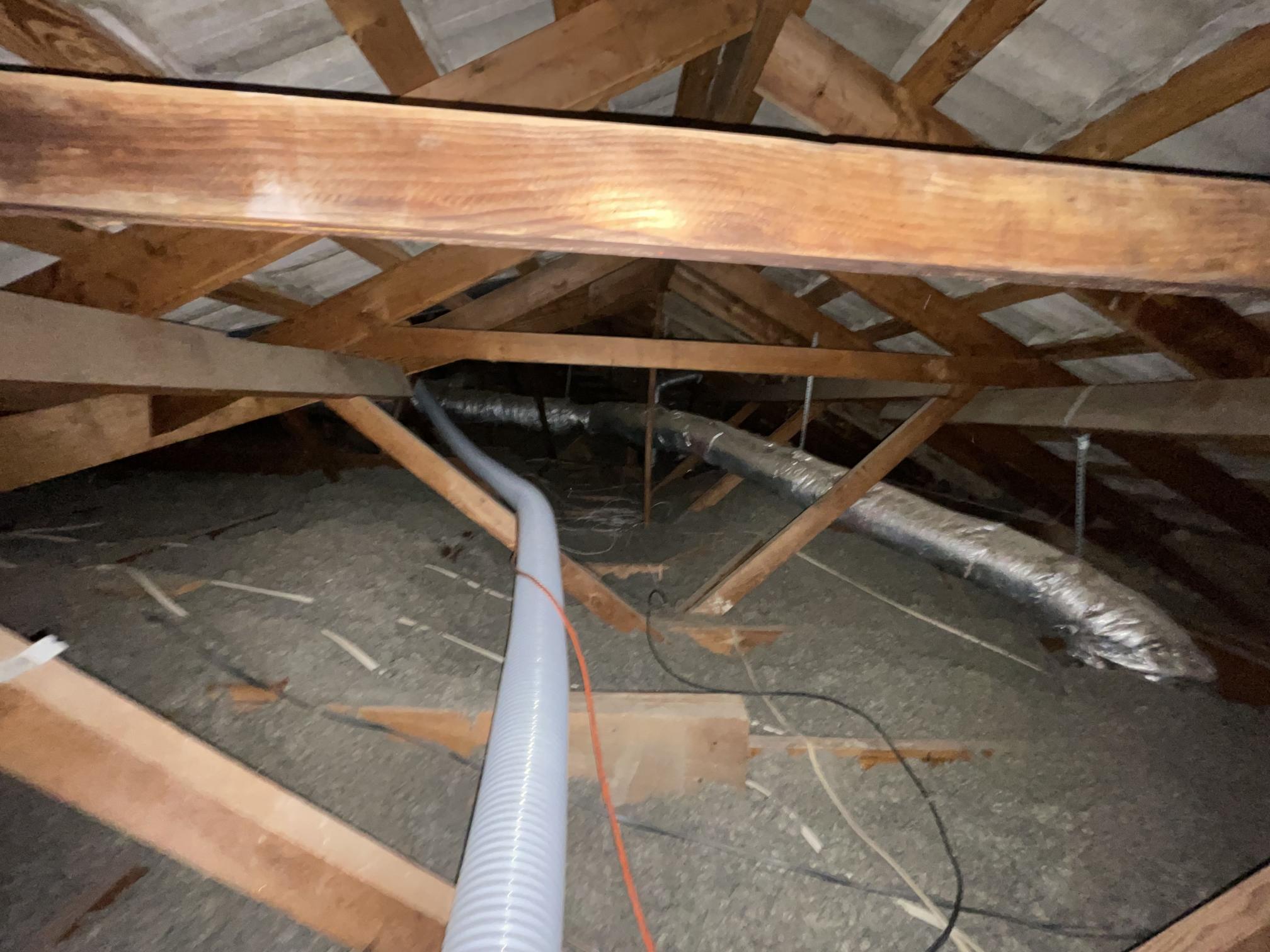
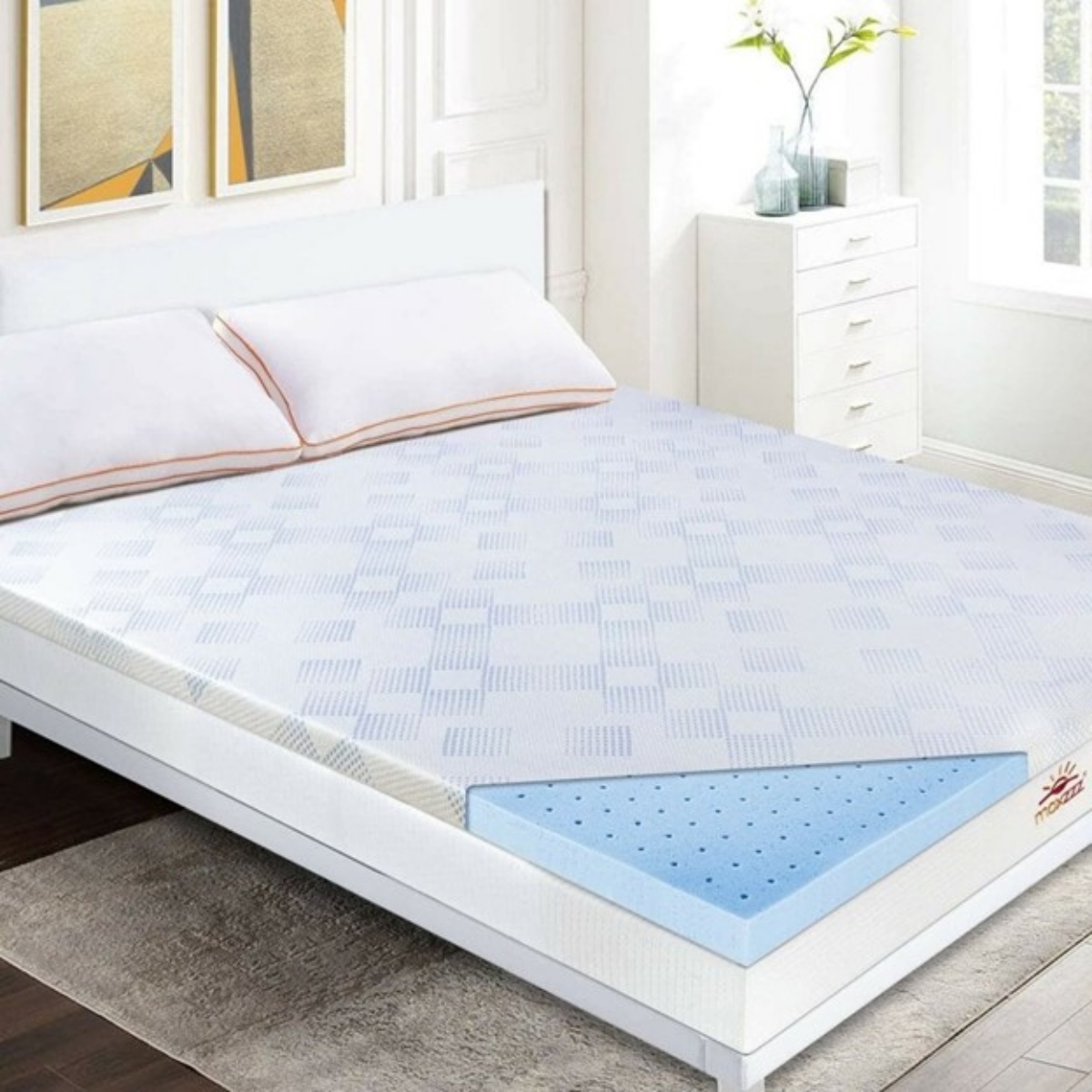

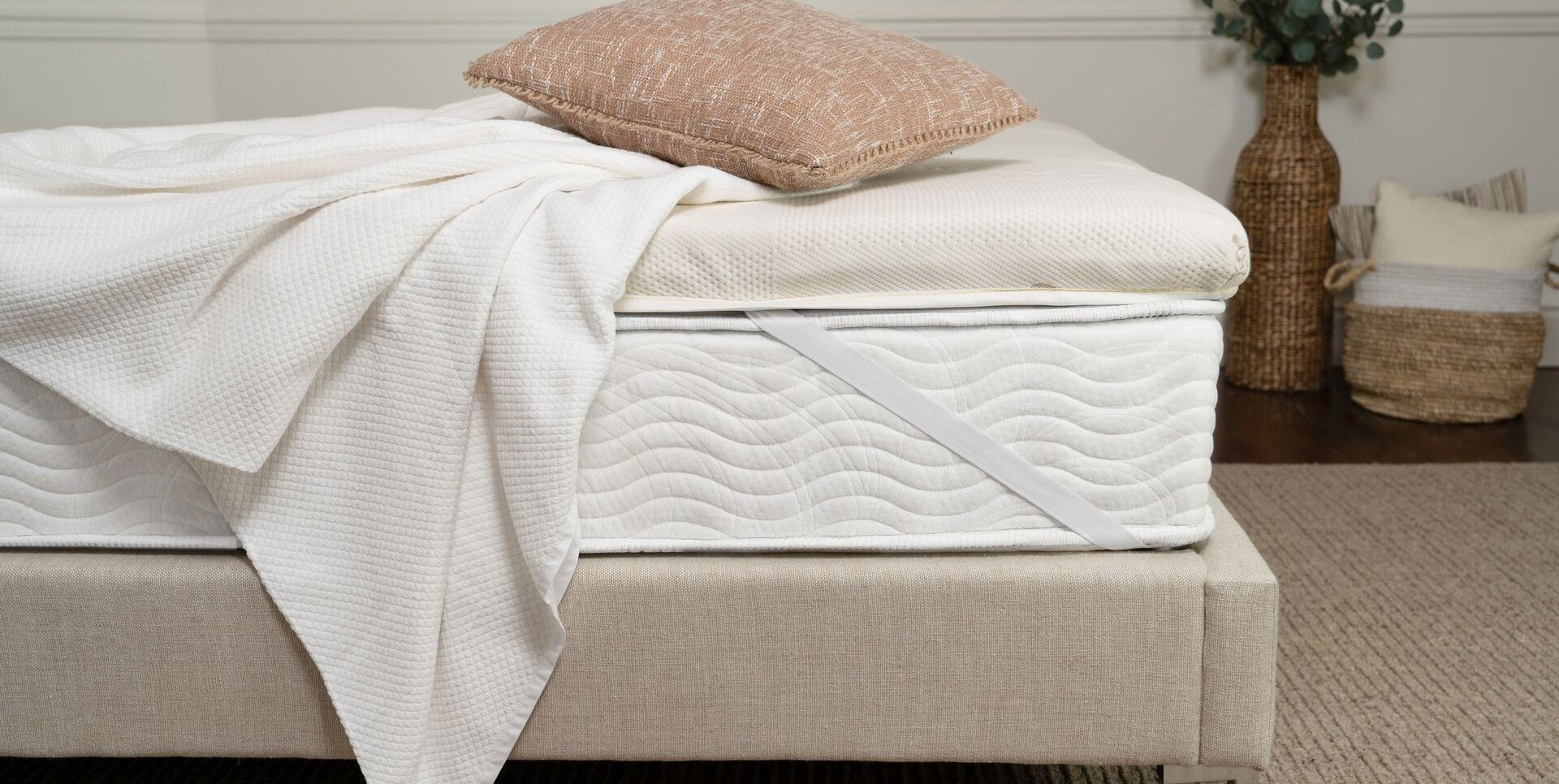


0 thoughts on “How Often To Replace Duvet”